What To Look Out For - August 2016
August is a month of plenty. Whether you’re raising your family or planning on migration you need a lot of food and this is often the best month to put on weight with lots of insects and fruit around!
This is a great month to visit wetlands from small ponds to larger lakes where a huge variety of wildlife can be found. One of our most successful water birds is the Little Grebe. One of four species of grebe which nest in the UK these very attractive birds are full of character. Their long beautiful rippling call echoes around wetlands throughout the year making it easier to find them. In early August look out for their chicks being fed by both parents. I took this photo at Castle Howard on the South Lake. These tiny chicks were being fed on Damselfly which they picked from the surface. They can have up to four broods but many chicks are lost to floods washing out the nest earlier in the season.
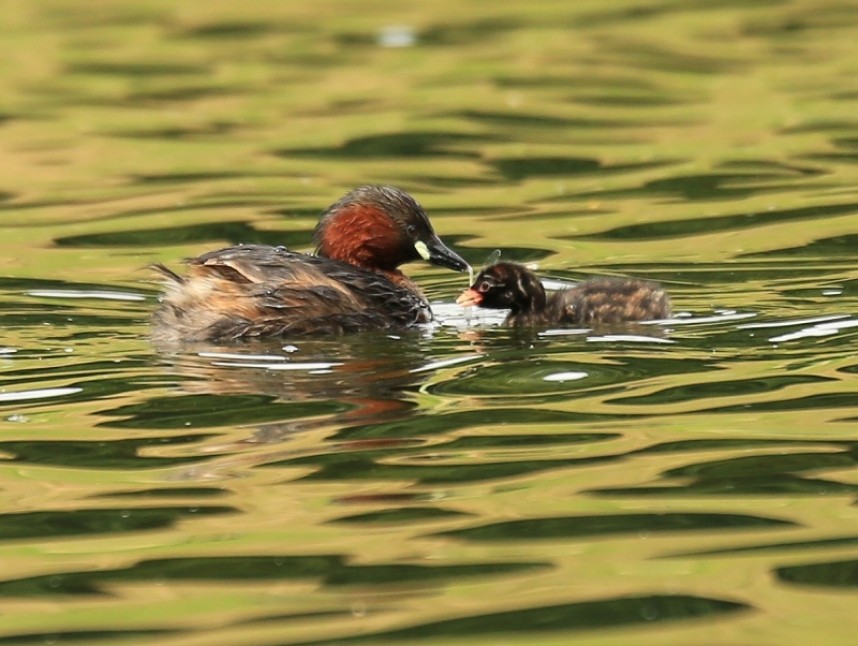
Little Grebe © Richard Baines
One of the most graceful seabirds on our coast is the Northern Fulmar. Their stiff winged, effortless flight is spell binding to watch as they glide over the waves. They can travel long distances from their nest to find food and be gone for up to 5 days at a time before they return to feed their chick with planktonic crustaceans, squid and small fish. August is a great time to see the chicks but they can choose cracks in the cliffs to hide so you may have to look hard to find them. Try watching to see where the parents fly and listen for their crazy cackling call as they approach the nest. This fantastic photograph was taken by one of our YCN clients on a recent tour.
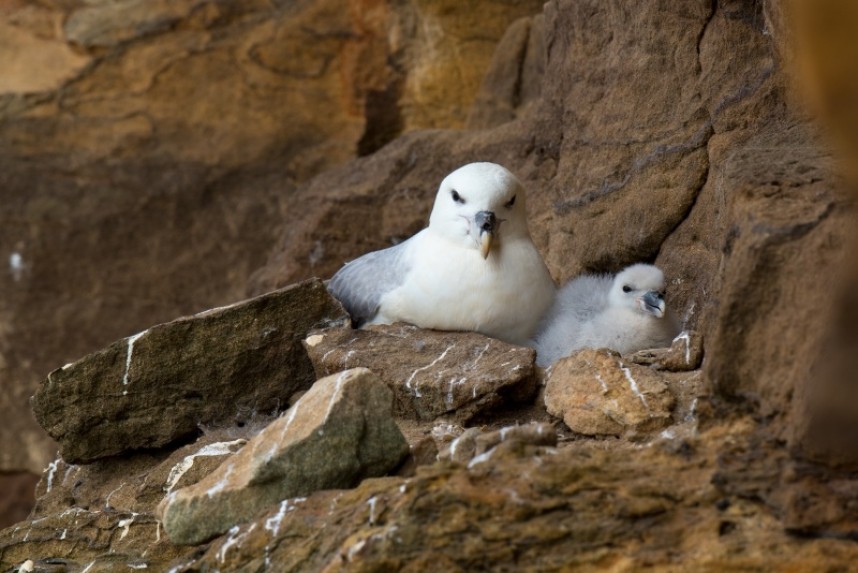
Fulmar and chick North Yorks coast © Dave Pressland
If they manage to evade the large number of predators, Damselflies are fantastic insects to watch and photograph. Our commonest is the Common Blue Damselfly but look out for the very similar Azure Damselfly. They can be told apart by the shape of the blue and black segments on the abdomen. One of the easiest points to see is the end of the abdomen. In Common Blue both segments at the end of the abdomen appear blue whereas in Azure only segment 8 is blue.
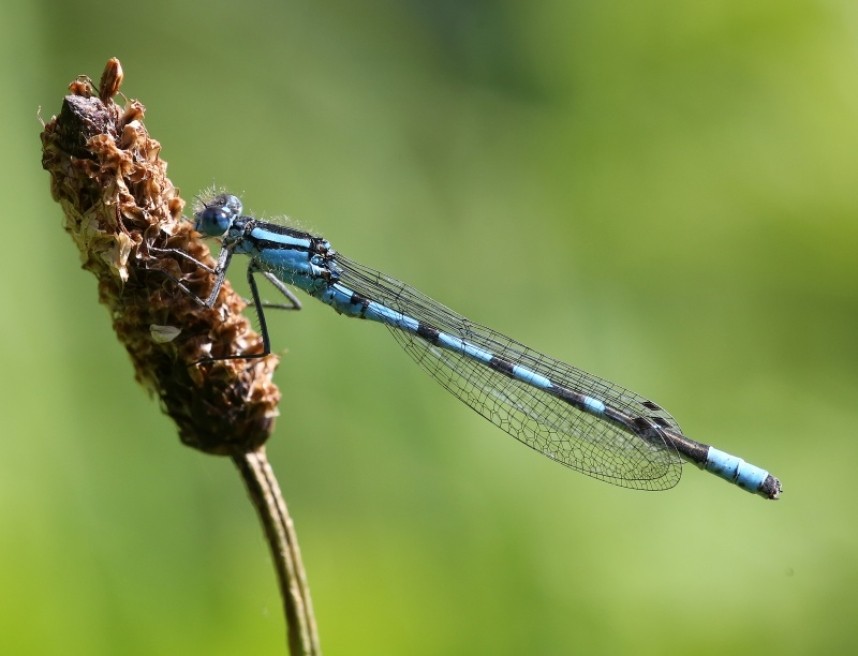
Common Blue Damselfly © Dan Lombard
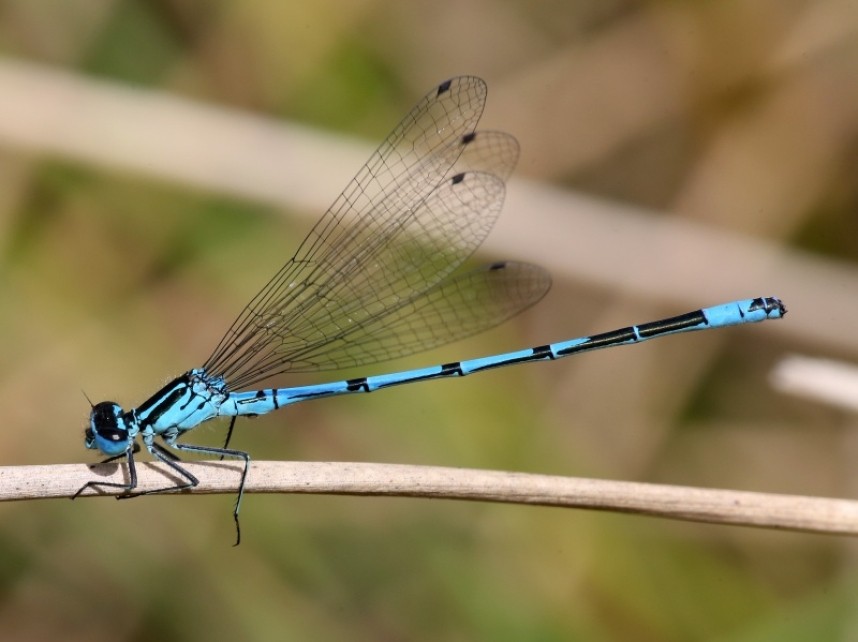
Azure Damselfly © Dan Lombard
Up on the moorland of the North York Moors National Park the Heather or Ling is in full flower. This is the best month to experience the purple haze! There is another species of wild flower often found close by, especially on wet ground. Cross-leaved Heath is worth looking out for; it has linear leaves arranged in whorls and large distinctly pink-purple flowers. In the photo below it can be seen alongside Bog Asphodel. This stunning flower has a long history of folklore. Its Latin name translates as the ‘bone breaker’ referring to a mistaken belief that sheep eating the flower developed brittle bones.
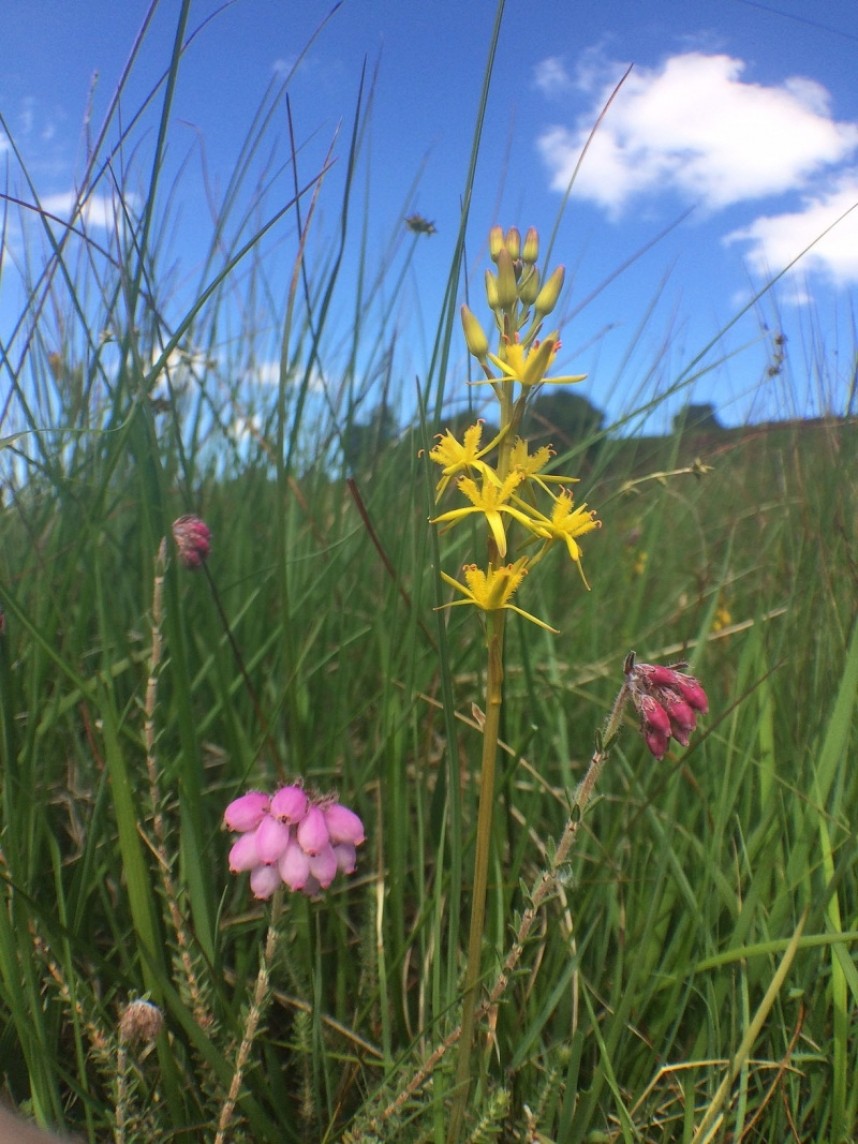
Cross-leaved Heath and Bog Asphodel © Richard Baines
In warm weather and during southerly winds originating from continental Europe insect migration can be a fabulous sight. Many of our common butterflies and moths migrate and August is a great month to look out for some wonderful species on the Yorkshire Coast and beyond. The Peacock butterflyand Silver Y moth are twoof our most familiar migrant insects but few people realise the amazing journeys they can make every year. A UK study at the turn of the new millennia found migrating butterflies flew at speeds up to 100km/hr and even had the ability to adjust their trajectory in adverse conditions such as northerly winds.
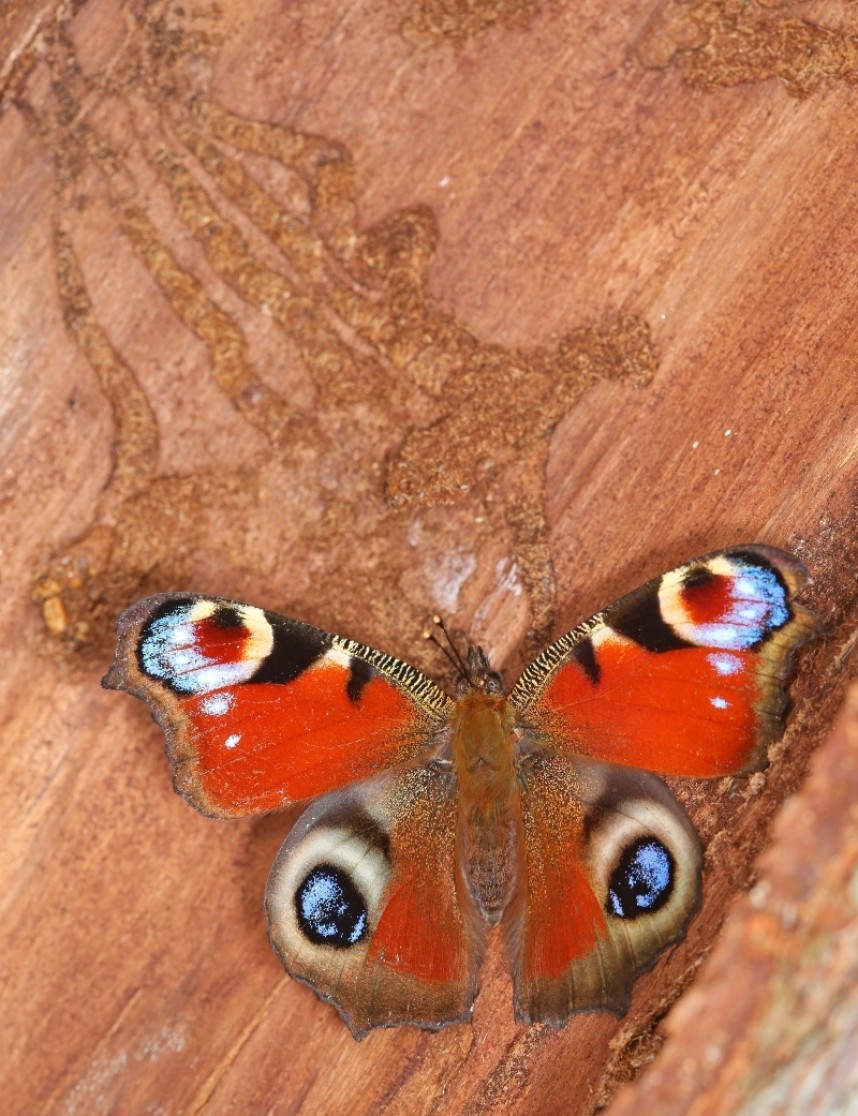
Peacock © Dan Lombard
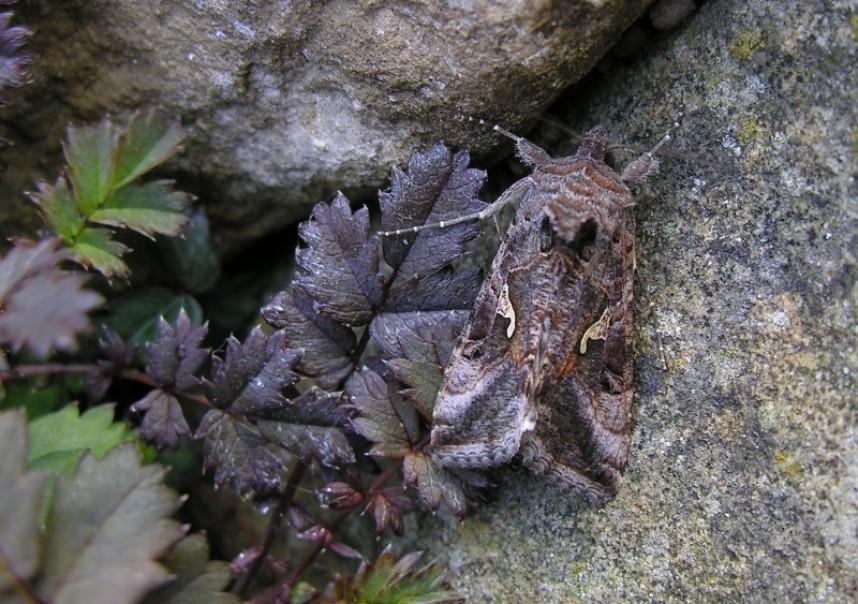
Silver Y moth © Richard Baines
The Hummingbird Hawk Moth is another amazing migrant arriving on our shores throughout late summer. They take up nectar and moisture through a tube like proboscis. Suction is provided by an air sac in the moth’s head which contracts and expands to suck up the food. Look out for them anywhere there are irresistible flowers such as Buddleia and Lavender.
One of our favourite plants in Yorkshire flowering in August is Hemp Agrimony. Often known as raspberries and cream due to its pink and white flowers it is fabulous for attracting butterflies and its tall structure is great for photographing insects at head height! Look out for it in woodland rides across the county or if you’re designing a wildlife garden consider planting it. Another common flower good for attracting butterflies is Common Fleabane. A member of the daisy family its leaves have a slightly soapy smell when bruised and it used to be used as a cure for many ailments including dysentery and used as a paste to heal wounds.
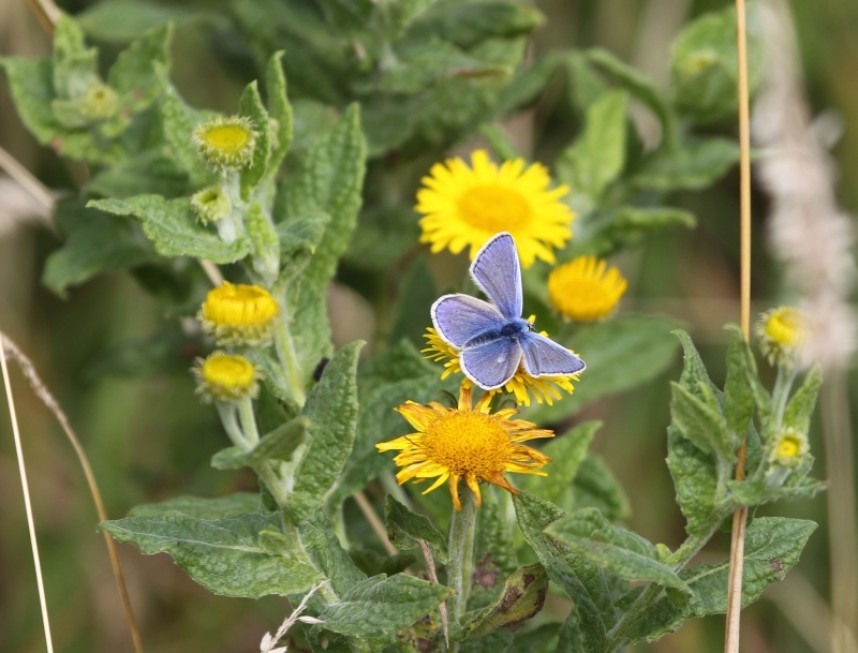
Common Blue and Common Fleabane © Richard Baines
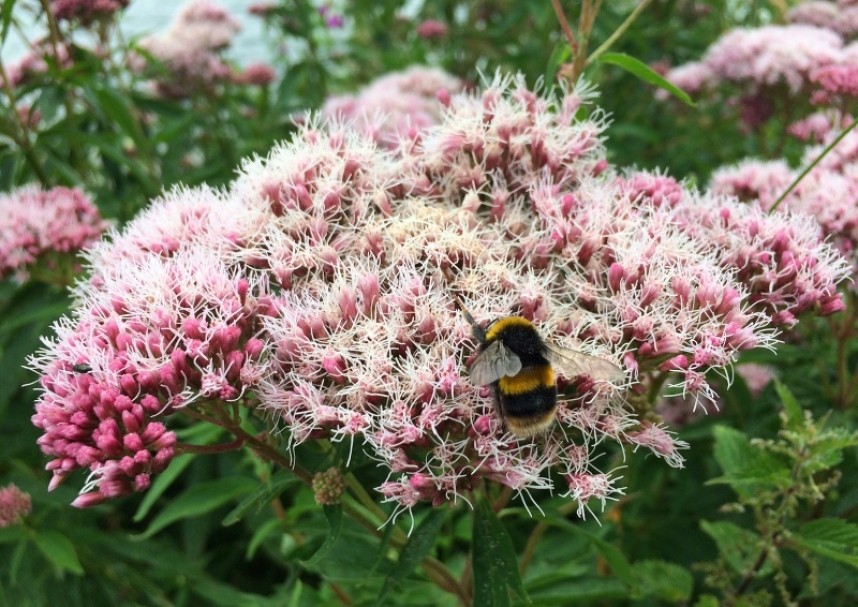
Hemp Agrimony © Richard Baines



 Back to Blog
Back to Blog
